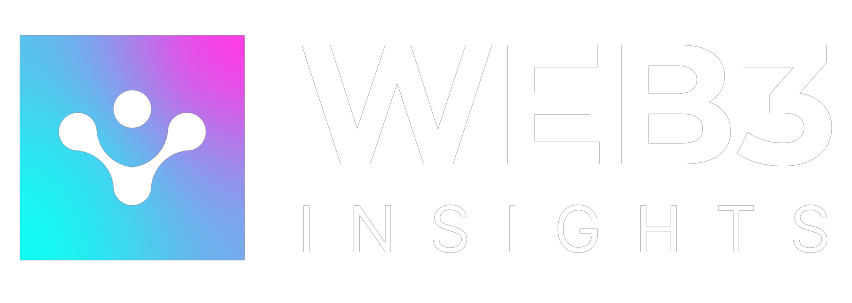When I look around the crypto market in 2025, one thing hasn’t changed: Tether (USDT) continues to dominate the stablecoin landscape. No matter how many new projects pop up or how much regulatory pressure comes into play, Tether remains the go-to stablecoin for traders, exchanges, and even institutional players. In this article, I’ll break down the five biggest reasons why USDT is still leading the pack, drawing from what I’ve seen in the market and my own experience using stablecoins.
Reason 1: Tether USDT Unmatched Liquidity
If you’ve traded crypto for any amount of time, you know that liquidity makes all the difference. Tether is still the most traded stablecoin by volume, and it’s not even close. Whether I’m on a top-tier exchange or a smaller regional one, USDT pairs are everywhere. This widespread adoption makes it incredibly easy to move in and out of positions without worrying about slippage or low market depth.
Other stablecoins like USDC and DAI have their strengths, but when I need to make quick trades or access liquidity fast, Tether is always the option that works best. Exchanges simply trust it because it has been around for so long and built such a massive network effect.
Reason 2: Tether USDT Presence Across Multiple Blockchains
One of the smartest moves Tether ever made was expanding beyond just one chain. Today, I can use USDT on Ethereum, Tron, Solana, Avalanche, Polygon, and several other blockchains. This flexibility makes Tether the most accessible stablecoin for both traders and developers.
For example, in DeFi ecosystems like Tron’s or Polygon’s, Tether is often the default stablecoin people use because it’s fast, cheap, and reliable. By being everywhere, Tether ensures that no matter which blockchain I’m using, I can almost always count on USDT being there as the stablecoin option.
Reason 3: Widespread Exchange and Merchant Support
Another reason Tether dominates is because it’s universally accepted. Whether I’m trading on Binance, Coinbase, or a smaller local platform, Tether is always listed. In fact, most exchanges list USDT as the default stablecoin for trading pairs. This means I don’t have to go through the hassle of converting into other assets just to access markets.
Beyond exchanges, more merchants and service providers now accept Tether directly. In regions with weaker local currencies or unstable banking systems, USDT has become a lifeline. I’ve seen freelancers get paid in Tether, businesses use it for cross-border transactions, and even entire communities rely on it as a stable alternative to their local fiat.
Reason 4: Tether USDT Resilience to Controversy
Let’s be honest, Tether has faced its share of criticism and regulatory scrutiny. Questions about reserve backing, transparency, and audits have followed the project for years. Yet, despite all this, USDT not only survived but grew stronger.
Every time a controversy arises, many expect Tether to collapse, but it doesn’t. Instead, traders keep using it, exchanges keep supporting it, and the company behind it keeps issuing more tokens. This resilience has actually boosted confidence among many in the crypto community. People figure that if USDT hasn’t been taken down after years of scrutiny, it’s probably here to stay.
Reason 5: Tether USDT Utility Beyond Trading
Most people know Tether as a trading tool, but what really keeps it dominant is how useful it has become in the real world. In countries with high inflation like Argentina, Turkey, or Nigeria, USDT is used as a hedge against unstable local currencies. For many people, holding Tether is more reliable than holding their own national money.
On top of that, USDT plays a huge role in DeFi. From lending protocols to yield farming, Tether is often the base stablecoin of choice because of its liquidity and ubiquity. I’ve personally used Tether to earn yields, move funds across blockchains, and even make international payments in a faster and cheaper way than traditional banks.
Final Thoughts: Why Tether Still Rules in 2025
After years of watching stablecoins evolve, I can confidently say that Tether’s dominance isn’t an accident. Its unmatched liquidity, multi-chain presence, universal acceptance, resilience, and real-world utility all combine to keep it on top.
Sure, there are competitors like USDC, DAI, and even new government-backed digital currencies entering the market, but none of them have managed to dethrone USDT yet. In my view, unless something drastic changes, Tether will remain the stablecoin king for the foreseeable future.
If you’re navigating the crypto markets in 2025, understanding why USDT continues to dominate isn’t just interesting, it’s essential. Because whether you love it or hate it, Tether isn’t going anywhere anytime soon.








